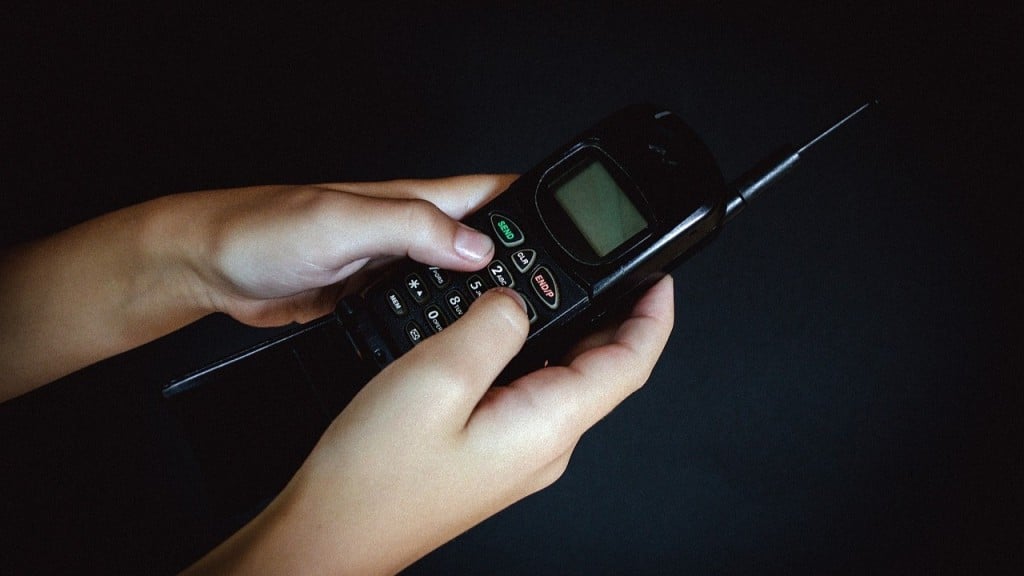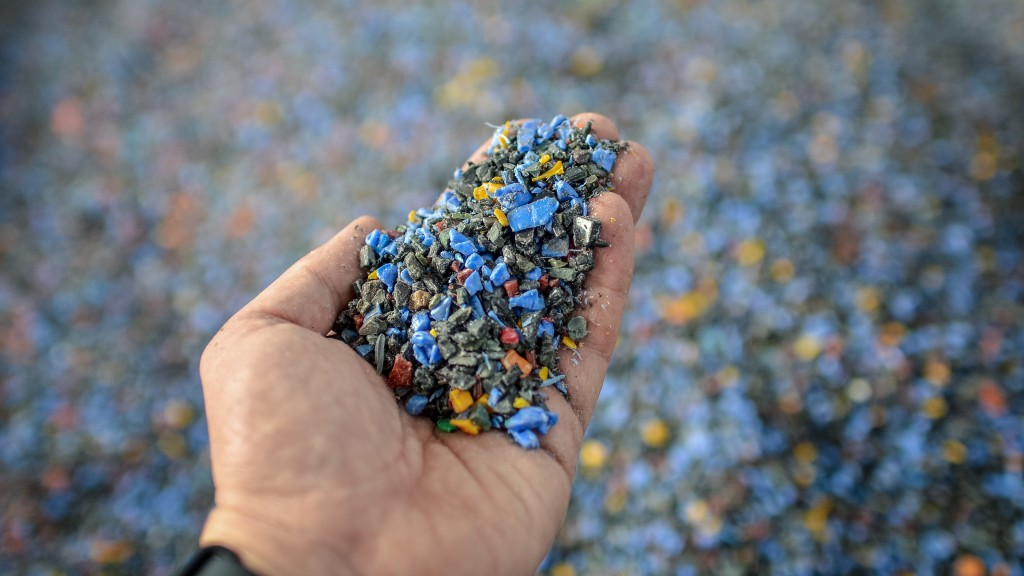Are "dumbphones" the answer to reducing e-waste?
Rapid technological advances, higher consumption, planned obsolescence, and poor e-waste management are contributing to negative recycling trends

For someone who writes for a living, I'm a terrible texter. I have a solid three- to five-day turnaround on message replies, and an even worse score when it comes to calling people back (sorry, Mom).
While I love the convenience that comes with a smartphone — like being able to have 5,000 photos of my dogs on hand at any given moment — having social media and messaging at our fingertips has created an expectation of perpetual availability. Leaving someone on "read" has become one of the greatest modern-day insults.
This pressure to be available 24/7 is a big change from how things were just a few decades ago — if someone called and you weren't home, they just had to wait for hours or even days. It was less demanding and didn't carry the expectation of an instant response.
Recently, the "dumbphone" movement has gained momentum as a way to challenge on-demand availability. These cheaper, featureless phones offer basic functionality and lack features like apps, touchscreens, and internet access. While they're an affordable way to decrease your screen time, the low price point causes an issue when they reach the end of their life.
Even though these simplified phones can sometimes be easier to recycle compared to the advanced electronics found in smartphones, very few manufacturers prioritize recyclability in their designs to begin with. And since dumbphones lack modern features, they aren't considered desirable enough for the refurbished market, making them more likely to end up in landfills.
To be good candidates for resale, devices need the functionality (and branding) that people will want to buy several years after the device's release. Cheaper models don't fit this criteria, making refurbishing and reselling them not worth the effort. But for anyone who's been keeping up with the news recently, more e-waste is the last thing we need.
According to the UN's latest Global E-waste Monitor, the world's electronic waste is increasing five times faster than recycling efforts. In 2022, less than 23 percent of e-waste was properly collected and recycled, leaving $62 billion worth of materials unaccounted for. E-waste continues to grow by 2.6 million tonnes a year and is expected to hit 82 million tonnes by 2030, marking a 33 percent rise from 2022.
The report also predicts recycling rates will drop to 20 percent by 2030 due to this growing gap between e-waste generation and recycling efforts. Rapid technological advances, higher consumption, planned obsolescence, and poor e-waste management are some of the main contributing factors to these unfortunate trends.
To tackle this growing challenge, it's clear that just ramping up recycling efforts won't cut it. We need a fresh perspective, one that looks at how we use and dispose of our phones, laptops, TVs, and other gadgets. By rethinking our consumption habits before even making a purchase, we can hopefully reduce the amount of e-waste we generate. Embracing longer-lasting products, supporting repairable designs, and opting for sustainable brands will undoubtedly all play a crucial role moving forward.


